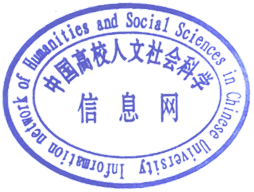关 键 词 :“把”字句;偏误分析;外国学生学科分类:语言学--汉语研究
“把”字句是现代汉语的一个常见句式,日常生活中需要经常使用“把”字句,而“把”字句又是汉语特有的语法结构,所以是第二语言学习者习得的重点和难点。因此我们在教第二语言学习者习得“把”字句时要格外重视。在国际汉语教学中,偏误分析是一种常见的分析手段,通过偏误分析我们可以了解第二语言学习者的习得规律,有助于第二语言学习者更好地习得“把”字句。本文以“把”字句教学的本体依据为研究内容,以外国学生为研究对象,结合北京语言大学“HSK动态作文语料库”中的语料,研究分析“把”字句的偏误类型及其成因,以及评估偏误的严重程度,以期对“把”字句的教学有所帮助,从而达到降低偏误率,提高“把”字句的使用效果目的。
Ba-sentence is a common sentence pattern in modern Chinese, which is often used in daily life. As a unique grammatical structure of Chinese, Ba-sentence is the key and difficult point for second language learners to acquire. Therefore, we should pay special attention to teaching second language learners to acquire the Ba sentence. In teaching Chinese as an international language, error analysis is a common means of analysis. Through error analysis, we can understand the acquisition rules of second language learners, and help second language learners to better acquire the Ba sentence. Taking the noumenon basis of Ba-sentence teaching as the research content, taking foreign students as the research object, and combining with the corpus in Beijing Language and Culture University's HSK Dynamic Composition Corpus, this paper studies and analyzes the types and causes of errors in Ba-sentence, and evaluates the severity of errors, so as to be helpful to the teaching of Ba-sentence. So as to reduce the error rate and improve the use effect of Ba sentence.

